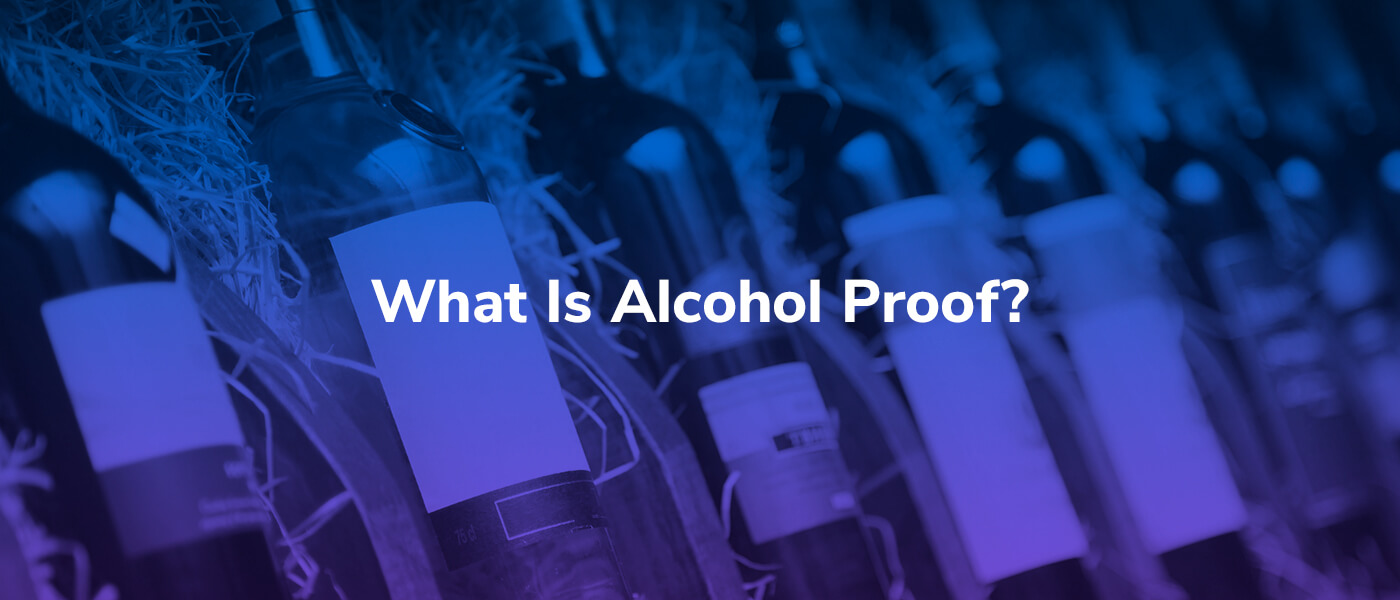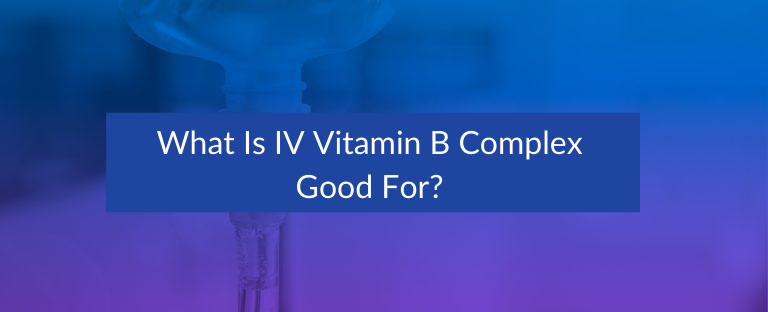When planning a night out on the town or an exciting evening at home, do you check the labels on your alcohol bottles? If so, you might have noticed a small number that indicates the alcohol’s “proof.” While many fans of beer, wine and liquor typically overlook this part of the label, it has a fascinating history. It also lets you know more about the alcohol concentration in your favorite drinks.
Jump Ahead:
- What Is the Proof of Alcohol?
- Highest Proof Alcohol
- How Do High-Proof Spirits Affect Your Body?
- Recover From One Too Many With Mobile IV Medics
Take a look at the meaning behind alcohol proof and its effects on your body.
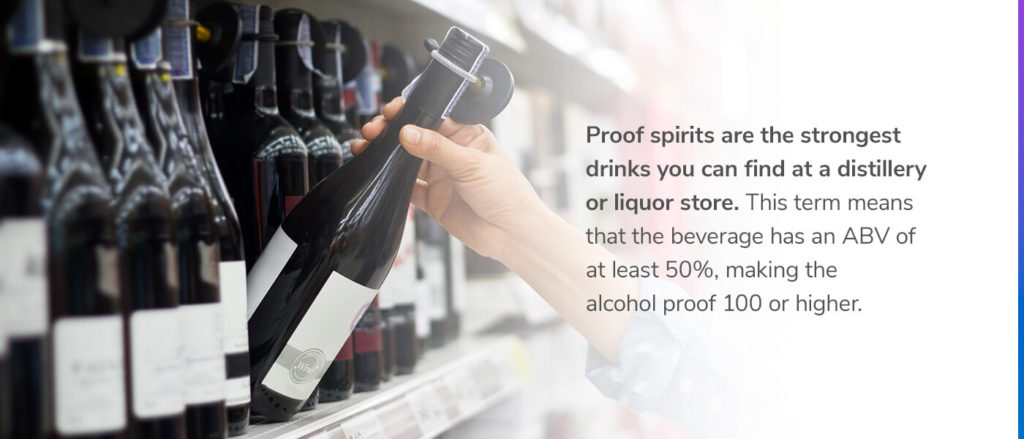
What Is the Proof of Alcohol?
While you’re more likely to see the alcohol by volume (ABV) percentage on hard liquor bottles, you can sometimes find the proof number right next to the ABV label. However, since this measurement is different than the alcohol percentage, you may have wondered, what does proof mean in alcohol?
Alcohol proof is another measure of the alcohol content in each drink. This number can range from less than 10 for beer to over 100 for distilled spirits. The United States uses the most straightforward calculations to find the proof of any alcohol — you only need to double the ABV percentage to see the proof in a drink. For example, a beer with 6% ABV would be 12 proof.
Proof spirits are the strongest drinks you can find at a distillery or liquor store. This term means that the beverage has an ABV of at least 50%, making the alcohol proof 100 or higher. You can also see that some bottles have a no-proof or zero-proof alcohol label, meaning the drink does not have any alcohol content.
Now that we understand how alcohol proof relates to the alcohol by volume, we have a new question — where did this measurement come from?
Why Is Alcohol Measured in Proof?
The term “alcohol proof” has a fascinating backstory. In the 16th century, England attempted to place an extra tax on hard liquors. Since enforcing the task required proving how much alcohol was in each bottle, they developed a gunpowder test. Authorities would dip a gunpowder pellet into the alcohol and light it on fire. If the gunpowder ignited, there was a heavy concentration of alcohol in the bottle. The word “proof” meant that they had gathered proof that the drink was hard liquor based on the gunpowder’s reaction to the alcohol.
Since using the gunpowder test, many distilleries or alcohol manufacturers in America will place a proof label on a bottle of hard liquor as part of the tradition. Although each nation uses ABV percentages instead of proof, there is still a sense of history with this number on the label.
The United States still uses the proof system with hard liquor, even though ABV is more common on bottles. Since England used this method of measuring alcohol to tax hard liquors, you will not notice proof numbers on other drinks, such as beer and wine.
Alcohols below 50% ABV are more water than alcohol — the water keeps the alcohol from igniting, and the proof test does not work on them. Even some of the strongest beers you can find in a store or bar do not exceed more than 30-40% ABV. Most seltzers, beers and wines have a smaller ABV percentage, meaning the proof typically does not exceed more than 30-40 per bottle or glass.
Highest Proof Alcohol
Distilleries worldwide continue to brew high-proof alcohol for those who enjoy a kick to their drinks, adding something potent to no-proof beverages or trying stronger exotic liquors. Although the alcohol might not mention the alcohol proof on the label, now you know how to calculate this number by checking out the ABV percentage on each bottle!
During your next trip to the liquor store, you will most likely notice the proof number next to the ABV label on hard liquor bottles. Spirits with the highest alcohol content you can buy include:
- Vodka: Most bottles of vodka, from Svedka to Grey Goose, are 80 proof.
- Rum: Standard rum is typically 80 proof, while overproof rum with higher alcohol content ranges from 115-151 proof in each bottle.
- Tequila: Most bottles of tequila are about 80 proof.
- Whiskey: Whiskey is a high-spirit drink and typically an 80-100 proof alcohol.
- Brandy: Although brandy is a distilled wine, the alcohol concentration of 70 to over 00+ proof in these drinks categorizes them as hard liquor.
- Gin: The average alcohol content range for a bottle of gin is 50-110 proof.
With the high concentration of alcohol in each of these hard liquors, you likely will not find them in your favorite local restaurant. You might even notice that some pubs do not serve spirits. Depending on your state’s alcohol law, you might only be able to buy these drinks in liquor stores and bars.
How Do High-Proof Spirits Affect Your Body?
Occasionally drinking high-proof spirits is perfectly normal. You may notice that intoxication occurs much quicker because of the higher alcohol content than what you would get in a glass of wine or can of beer. However, occasionally having one of these drinks is unlikely to have any long-term effects on your health.
It’s important to note that drinking high-proof spirits regularly can present the same mental and physical side effects as consuming too much of a lower-proof alcohol. If you plan to drink, do so in moderation and with trusted friends who can care for you.
The side effects of drinking high-proof spirits include:
- Memory loss.
- Trouble concentrating.
- Sudden shifts in mood.
- Vision impairments.
- Liver complications.
- Brain damage.
- Heart damage.
You can help combat these side effects by taking precautionary steps before drinking. Even a simple routine — eating before drinking, drinking a glass of water with every alcoholic beverage and getting a good night’s sleep after going out — can reduce these symptoms and help you feel rejuvenated the next day.
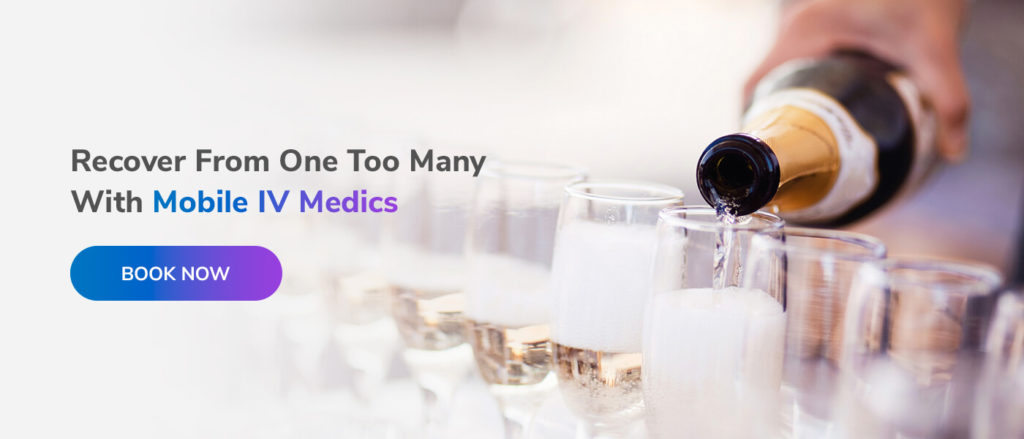
Recover From One Too Many With Mobile IV Medics
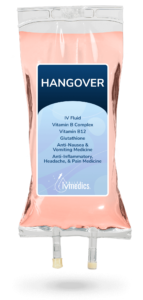
Don’t let a night out on the town impact your next day’s plans. Mobile IV Medics can help you get back up on your feet. You can skip the home remedies and medicine cocktails with our hangover IV drip package. In 45 minutes to an hour, you can start feeling relief from hangover symptoms, including headaches, nausea, fatigue, dehydration and anxiety.
With the help of Vitamin B12, Vitamin B complex, pain, and anti-nausea medication, IV fluid, and glutathione, your body will receive the essential nutrients to rejuvenate after a night out. You can also receive this treatment from the comfort of your home with a registered nurse to administer the IV and explain the process.
Book your appointment today!
